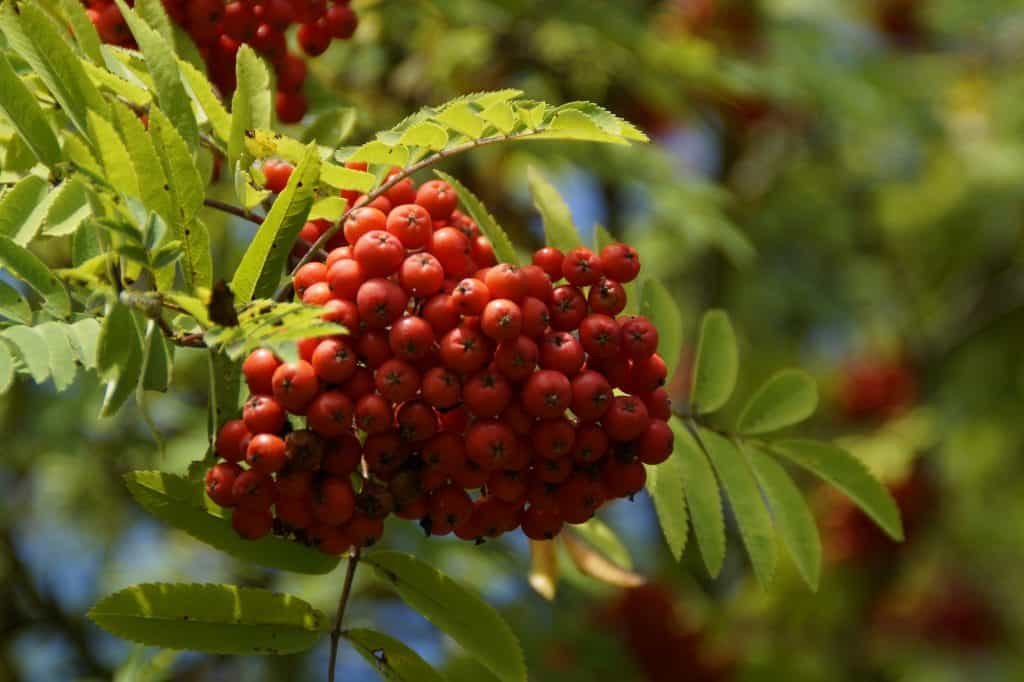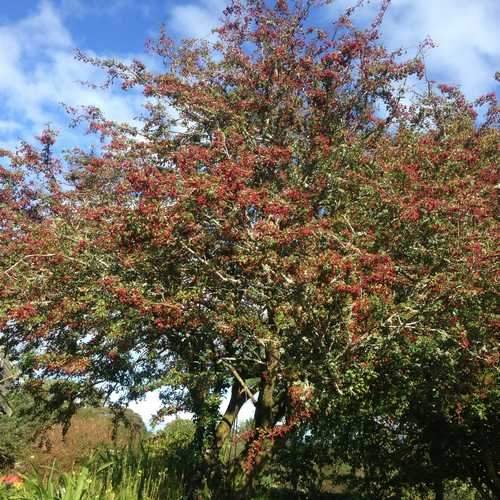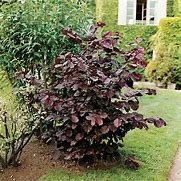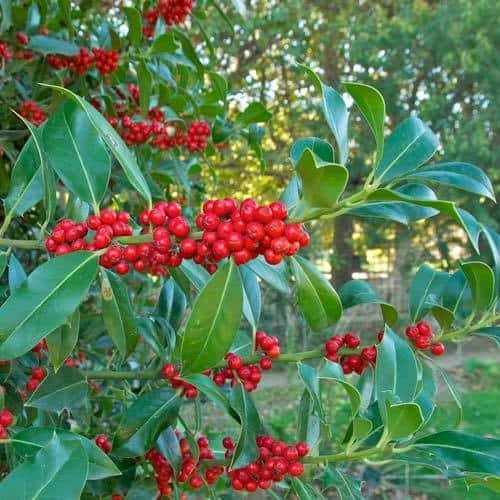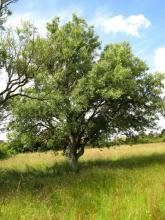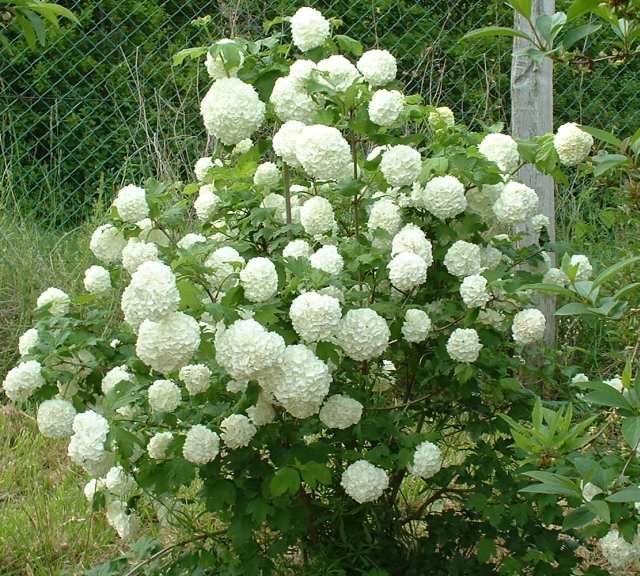List of Trees
The list of trees below have been chosen to achieve our goal whilst allowing families the opportunity to have this ultimate growing legacy. Note: for maintenance reasons avoid trees/shrubs which develop suckers.
Strawberry Tree (Arbutus unedo)
This broad-leaved evergreen is called “Caithne” in Irish and is also sometimes called “the Killarney Tree”. It is often found in oak woods in counties Kerry, Cork, Wexford, Wicklow and Sligo.
Its name comes from the red berry fruit that it produces which resembles a strawberry. Although edible it is not quite as tasty as a strawberry - the Latin name for the species “uneda” basically means “I only eat once” - this may mean that it is best left for the birds. It produces lots of white flowers in November and December, which can often mean the fruit and the flowers are on the trees at the same time.
Grows between 5 to 10 meters tall.
Mountain Ash (Sorbus aucuparia) Red berries
A light canopy native deciduous tree where the branches grow to 10-20 meters tall. The Irish name for mountain ash is Caorthann. Commonly found in Irish glens, by mountain streams and in woodlands. Bears strongly–scented large numerous white flowers in May-June and clusters of red berries in autumn. The berries hang onto the tree into winter which is very welcome for birds. Good for pollinators. The species name ‘aucuparia’ comes from the latin ‘aucupor’ meaning to catch birds.
FAQ: Are mountain ash affected by ash dieback? A: Ash dieback does not affect mountain ash.
Mountain Ash Joseph Rock (Sorbus Joseph Rock) Golden berries
This variant of the mountain ash has amber-yellow / golden berries.
Crab Apple (Malus Sylvestris)
This small to medium-sized deciduous native tree grows wild and freely in our old hedgerows. It has beautiful pink/white blossoms which are pollen and nectar-rich which flowers in June. They produce small apples in autumn which are about 1 or 2 inches in diameter which can be eaten. Grows to about 10 meters tall.
White Common Birch (Betula pubescens) aka Downy Birch
A deciduous native tree mostly identified by it’s striking white, pink, or peeling brown bark. A light canopy allows for under sowing. Produces yellow -brown catkins in early spring.
Grown to 10-20 meter tall. This tree does not like long periods between coppice - coppice is on a 5 year rotation. The catkins which are produced in early spring are an important source of early nectar and pollen for bees and other insects.
Hawthorn (Crataegus Monogyna)
A deciduous native tree is mostly identified by its striking white, pink, or peeling brown bark. A light canopy allows for undersowing. Produces yellow-brown catkins in early spring.
Grown to 10-20 meter tall. This tree does not like long periods between coppice - coppice is on a 5 year rotation. The catkins which are produced in early spring are an important source of early nectar and pollen for bees and other insects.
Hazel (Corylus Avellana) Common, Green
Once believed to be “the tree of knowledge” the Corylus avellana is a large, deciduous shrub or small tree. It is a tree which loves to be coppiced and their long stems are very useful (hazel fences etc). It is easy to spot by the long yellow catkins that appear in January and February. The edible hazelnuts appear in September in their frilly green husks. The catkins which are produced in early spring are an important source of early nectar and pollen for bees and other insects.
Grows up to 8 meters tall
Hazel Purple (Corylus Avellana) Purple
Similar to the green common hazel, however, the leaves are purple/red and the catkins are red/purple.
Holly (Ilex Aquifolium)
Holly is a beautiful small native evergreen tree. In Irish it is called ‘Cuileann’
Produces small white flowers in May – June followed by bright scarlet berries (non-edible) in late autumn. It is an extremely important tree for birds and other wildlife in winter.
It can be hard to transplant – so potted plants work best. As it is evergreen it does not work well for undersowing – however, this can be resolved by removing/clipping the bottom branches.
Holly is often used in Christmas decorations – and indeed this is leading to a shortage of holly in certain parts of Ireland.
Interesting fact: Traditionally this tree was planted close to houses as it was seen as protection against lightning strikes. Science recently discovered that this may be a true deterrent as the spines can react as miniature lightning conductors.
Medlar (Mespilus Germanica)
This small, deciduous, slow-growing tough hardy little tree was once found commonly growing in kitchen gardens in Ireland. In recent times it has become a bit of a rarity, which was part of the reason for including it in our list. It produces an impressive pale spring blossom and russet -golden edible fruit which is not harvested until later in the year (November time) often after a sharp frost. The fruits can also be used to make flavoured jelly. It grows best in a sheltered spot with lots of sunlight.
White Common Willow (Salix Alba)
This native deciduous tree gets its name from the white shade of the underside of the leaf. As with all willows it loves to be coppiced and the long straight stems are very useful in basketry and fencing, the larger trees can be made into charcoal. The bark was also used in the past for pain relief, among other medical uses. The catkins which are produced in early spring are an important source of early nectar and pollen for bees and other insects.
Spindle Tree (Euonymus Europaeus) aka Spindleberry or Burning Bush
This small native deciduous tree is known for being particularly stunning in autumn when its leaves turn a rich orange-red and its bright pink berries open to reveal its bright-orange seeds inside. Commonly found on the edges of forests and ancient woodlands. The fruit/berries are non-edible. Grown up to 3 – 5 meters tall. The spindle is a tough, hard and dense creamy white timber often used in stair making. Currently, the timber it is finding a use for making top-quality artists charcoal.
Guelder-rose (Viburnum Opulus) A tree, not a shrub
Guelder–rose is a beautiful deciduous shrub – the only shrub on our list. In June and July it produces a stunning dense, flat-topped clusters of fragrant creamy flowers. Produces translucent shiny red berries in late autumn. The leaves also turn red in autumn.
Can reach as high as 4 meters tall.




